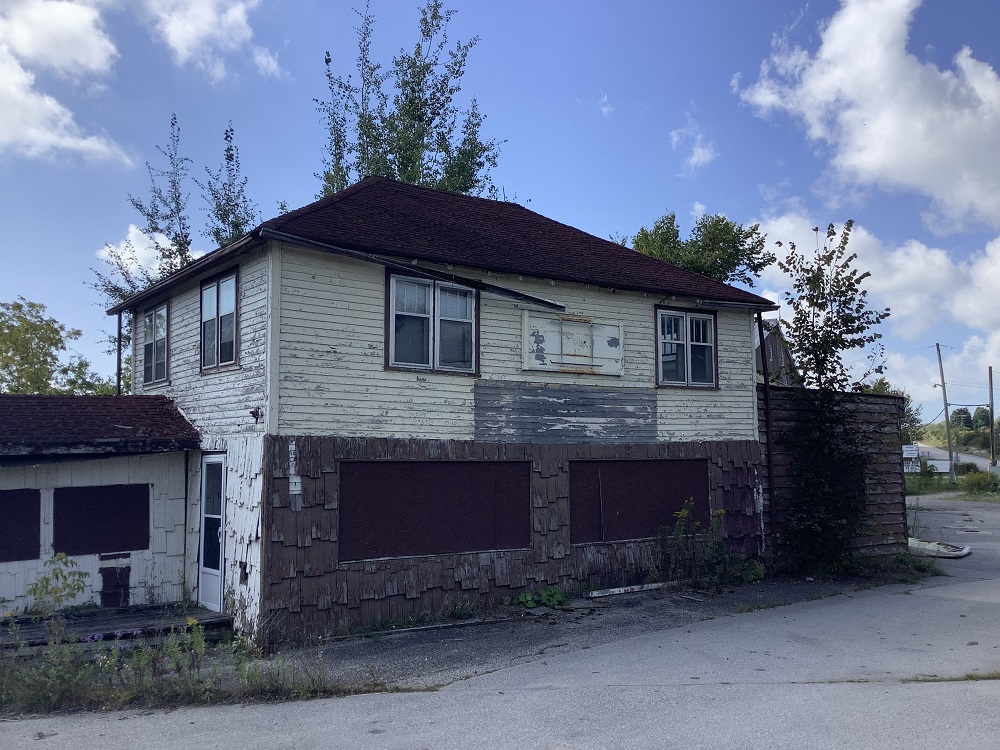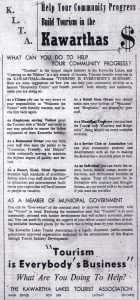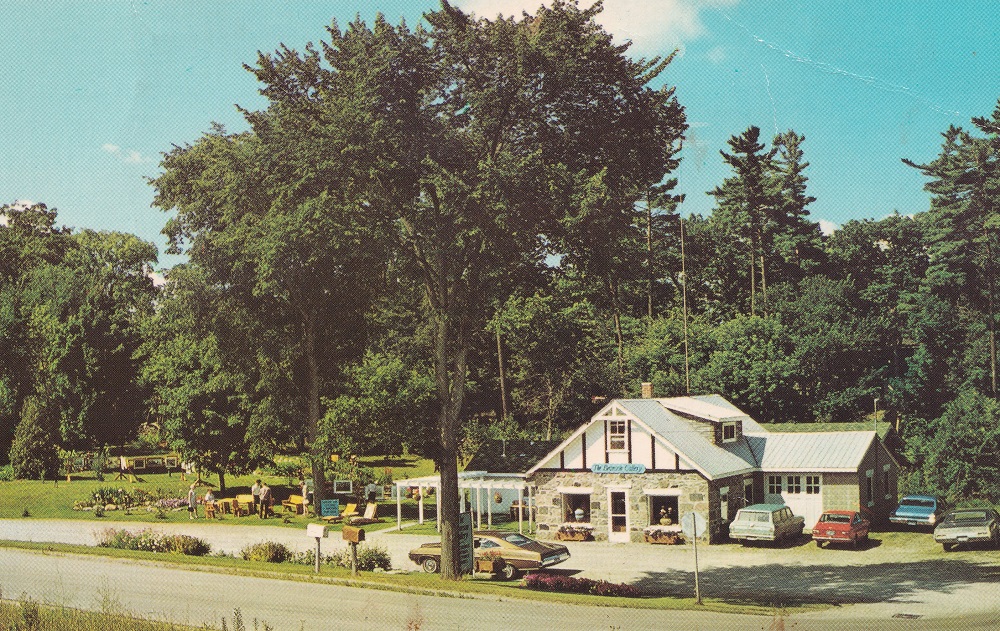“Are We There Yet?” The Roadside World of Today and Tomorrow
The lure of the open road is made more attractive by the great number of camping spots and service stations, whereas a few years ago long stretches were encountered whereon one might travel from fifty to one hundred miles and not encounter habitations; today you can scarcely get twenty miles away from water, gas and other necessities.
– Lindsay Daily Post, July 18, 1925
Highway-based tourism in northwestern Kawartha Lakes reached its zenith a quarter of a century after an unnamed correspondent made this observation. By the 1950s and 1960s, the principal thoroughfares passing through Coboconk, Kirkfield, Rosedale, and other communities in the region were well-served by the necessities that made road trips so memorable.
Much had changed by the turn of the new millennium in 2000. Cars were more reliable and required fewer repairs. Many roadside garages closed, and with them an important revenue stream for the service stations which ran them. Those that survived usually evolved into self-serve operations. The quaint snack bars of old were succeeded by global fast-food chains. Many motels and lodges disappeared as privately-owned cottages became the norm.
What didn’t change were the throngs of tourists who continue to make northwestern Kawartha Lakes their summer destination. As of 2022, they contribute over $1 million annually to the food and beverage, hospitality, arts and culture, and retail sectors.
Making the region a welcoming place for visitors has not always been an easy task. In 1898, a Rosedale resident objected to the construction of a bridge over the new canal, claiming that it “spoiled the scenery.” Nearly seventy years later, cottage owners objected strongly to the provincial government’s decision to close off a portion of Highway 46 through the newly-created Balsam Lake Provincial Park.
Yet without these and other changes, tourism in northwestern Kawartha Lakes may not have developed in quite the way that it did.
Robert Wires Reflects on the Future of Highway-Based Tourism In Northwestern Kawartha Lakes. Enjoy this video clip with an English transcript.
Highway-based tourism in particular has never been static. As our society becomes more and more environmentally conscious, how can we be more sustainable in our travel habits? Moreover, how can the roadside communities profiled in this exhibit become more attractive places to visit, live, and work? Many are challenged by a lack of reliable internet and rural transit, making them still very remote despite their place on a well-travelled highway system.
From being a child’s plea on a long road trip to one asked by decision-makers at all levels of government, the question remains: “are we there yet?”




